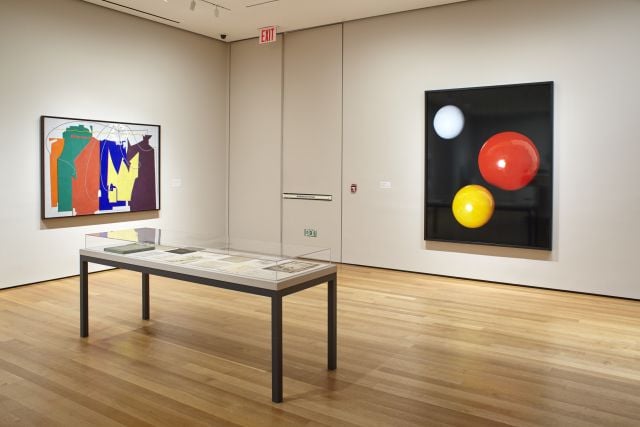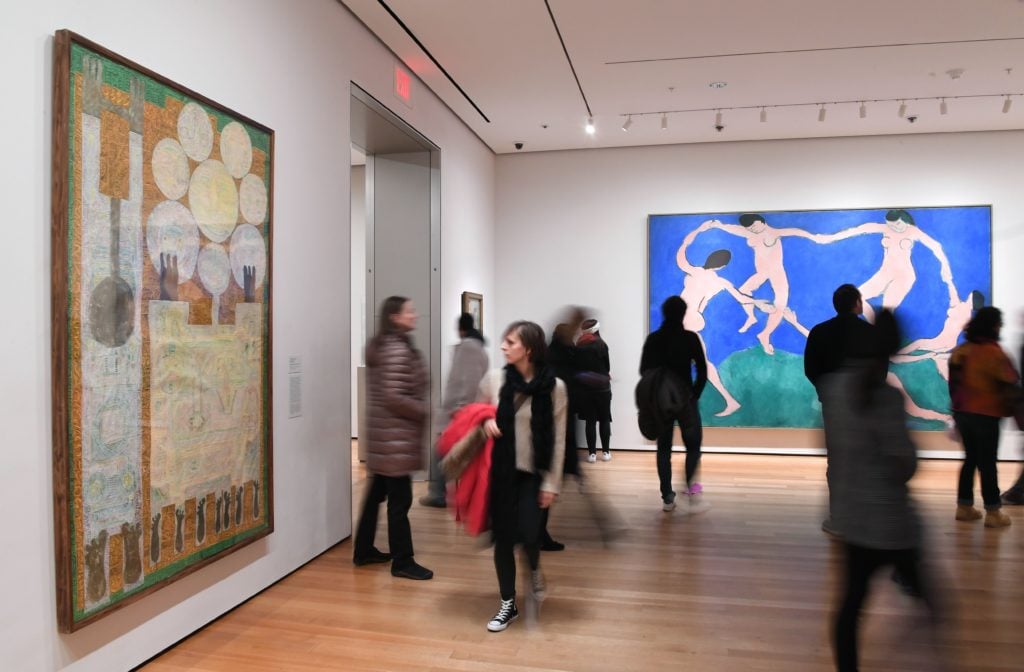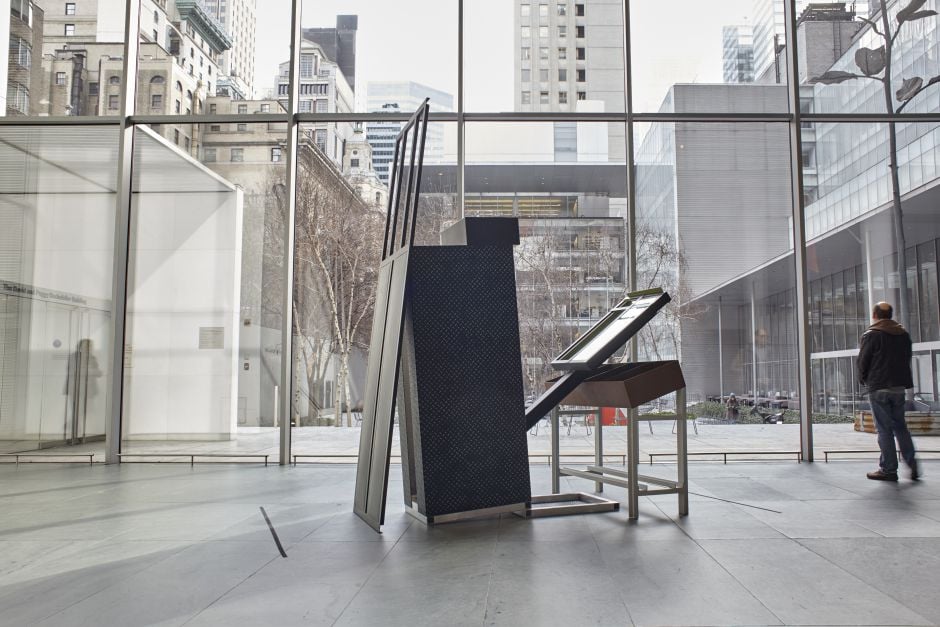On View
Museum of Modern Art Responds to Trump’s Travel Ban With Bold New Rehang
Picasso makes way for artists from countries affected by the ban.

Picasso makes way for artists from countries affected by the ban.

Sarah Cascone

If you visited New York’s Museum of Modern Art (MoMA) this weekend, you might have noticed something unusual in the fifth-floor galleries: In response to President Donald Trump’s executive order temporarily banning refugees as well as citizens of seven Muslim-majority countries from entering the US, the museum has put works from its collection by Iranian, Iraqi, and Sudanese artists (from three of the affected nations) on display.
“This work is by an artist from a nation whose citizens are being denied entry to the United States, according to a presidential executive order issued on Jan 27, 2017,” reads the wall text next to each of the newly-installed pieces. “This is one of several such artworks from the museum’s collection installed throughout the fifth floor galleries to affirm the ideals of welcome and freedom as vital to this museum as they are to the United States.”
In general, the museum’s fifth-floor galleries focus on Western modernism up to the 1940s, such as Vincent van Gogh’s Starry Night. “The fifth floor galleries are where some of our most beloved works are,” curator Jodi Hauptman told the Art Newspaper. “We thought it would be especially meaningful to call attention to those connections.”
To make room for the new works, MoMA swapped out paintings by Pablo Picasso, Henri Matisse, Francis Picabia (currently the subject of a solo show at the museum), Oskar Kokoschka, and James Ensor, and an Umberto Boccioni sculpture.

Visitors look at K+L+32+H+4. Mon père et moi (My Father and I), 1962 by Iranian painter and sculptor Charles Hossein Zenderoudi at the Museum of Modern Art on February 3, 2017 in New York City. The famed New York art museum has joined the throng of protests against US President Donald Trump’s travel ban by replacing Western art with pieces by Iranian, Iraqi and Sudanese-born artists. Courtesy of Angela Weiss/AFP/Getty Images.
The Mosque, by Sudanese painter Ibrahim el-Salahi, has taken the place Picasso’s Card Player. Other additions include a piece the late Iraqi-born architect Zaha Hadid, and work by Iranian artists Shirana Shahbazi, Tala Madani, Marcos Grigorian, Parviz Tanavoli, and Charles Hossein Zenderoudi.
In the lobby, the museum has installed Elements Number 30, by Iranian American sculptor Siah Armajani.

Elements Number 30 by Iranian-American sculptor Siah Armajani. Courtesy of Robert Gerhardt/MoMA.
An accompanying film series beginning February 13 will feature work from Mohammad Rasoulof (Iran), Manijeh Hekmat (Iran), Ossama Mohammed (Syria), and Kais Al-Zubaidi (Iraq).
“A number of artists in our collection suddenly couldn’t travel the way they used to and share their work and ideas,” MoMA chief curator Christopher Cheriz told Quartz of the motivation behind the rehang. “We wanted to reaffirm that belief that art [museums] should a place where people from all over the world can gather.”